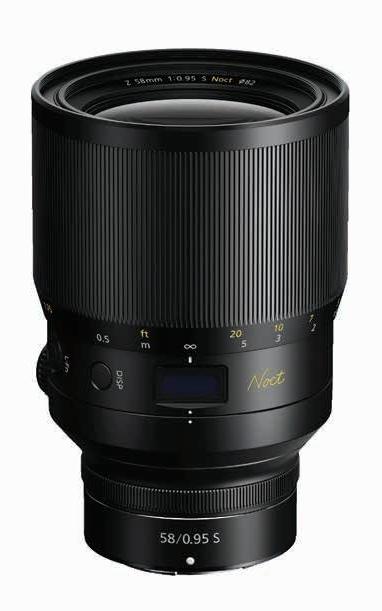
4 minute read
Tech Column
De-Aging Technology
Still from The Irishman.
It was inevitable. If you can bring the dead back to the screen, why not make them younger too? The film du jour at the centre of discussion, of course, is The Irishman, a stunning gangster genre story spanning decades, which leverages technology that allows for flashbacks of its principal characters. Such is the nature of that piece of movie magic that the technology itself has taken the spotlight. However, it’s nothing new. What is new is the speed, accuracy and unfettered way it can be done, and The Irishman is the poster for that technology from Industrial Light and Magic. De-aging as a visual first gained widespread notoriety when actors Patrick Stewart and Ian McKellen were de-aged in X-Men: The Last Stand (2006). Since then, some 21 productions have featured it in one form or another, such as The Curious Case of Benjamin Button (2008) right up to Star Wars: The Rise of Skywalker (2019), which also featured a resurrected Carrie Fisher. What the future holds for de-aging as a cinematic tool is anyone’s guess, but the technology behind it is indeed fascinating. There are a couple of versions of de-aging out there, from Gradient Effects’ Shapeshifter, which was used for a flashback sequence on John Goodman in the HBO series Righteous Gemstone (2019), while Weta Digital mapped a digital Will Smith from archival footage and used motion capture in Gemini Man (2019). There’s a Canadian quotient to it as well – Gradient has a Montreal office and Rodeo FX, also of Montreal, did the deaging on Le bonheur des autres (2011), but it was a slow and painstaking process that burned a month of production time for a 30-second scene. Things have since developed rapidly, and the process is faster and more affordable now, but again, it’s just another tool to tell stories. Undoubtedly, there’s a learning curve for all stakeholders as to how to best use it, how to ensure the performance is seamless and how to eliminate some of the downside – such as young men moving like 75-year-old men. Gradient’s version first analyzes the actor’s face, extracts data and then uses those data points to make it over. Like the ILM version, there is no mocap, no special suits or face-mounted markers, and it also uses artificial intelligence. While Gradient’s software has a hands-on artist to set it up, ILM uses a three-camera system and infrared to kick off the process.
The concept was kicked off by director Martin Scorsese, who had The Irishman script in hand and knew where he wanted to go with it but needed some technology beyond what was available in 2015. The actors, especially Robert
De Niro, also laid down some hard parameters: no markers on their faces, no special clothing, just regular lighting on a regular set.
Two years later, they had something: a three-camera rig. The central unit is the director’s camera and the two outside units were adapted ALEXA Minis using infrared. The software, Flex, pulls all three images into one to render the faces, which are then replaced with the
FX version.
The reference for the de-aged face was pulled from previous images and clips – some going back to De Niro’s work in Taxi Driver (1976). AI also played a major role pulling it all together, scanning those images and producing options to select from. For the actors and the crew, it meant the performance was real, in real time, and what they saw was what they got even after all the technology worked its magic, and that means the close-ups, the tight shots of a simple flicker of an eye, were precisely captured and lost nothing in the translation of de-aging. When will we see the next iteration of de-aging? When it fits the story, presumably. Otherwise, it risks falling into the gimmick trap. Similarly, bringing the dead back to the screen, which debuted with Peter Cushing in Star Wars: Rogue One (2016) also runs the same risk of being a short-lived novelty unless key to advancing the story. Nonetheless, James Dean will feature in Finding Jack, a Vietnam-era war project in production and expected to release this year.
Ian Harvey is a journalist who has been writing about digital disruption for 20 years. He welcomes feedback and eagerly solicits subject matter ideas at ian@pitbullmedia.ca.
A NEW ERA IN OPTICS
f
/0.95 THE FASTEST NIKKOR LENS EVER

A sight to behold – even before you set your eyes through its astounding elements. The NIKKOR Z Noct 58mm f/0.95 sets the gold standard in optics with its incredible shallow depth of field and edge-to-edge sharpness, even at max aperture. The Noct is a testament of NIKKOR’s decades of expertise, distilled into the palm of your hands. Experience the fastest NIKKOR today.



